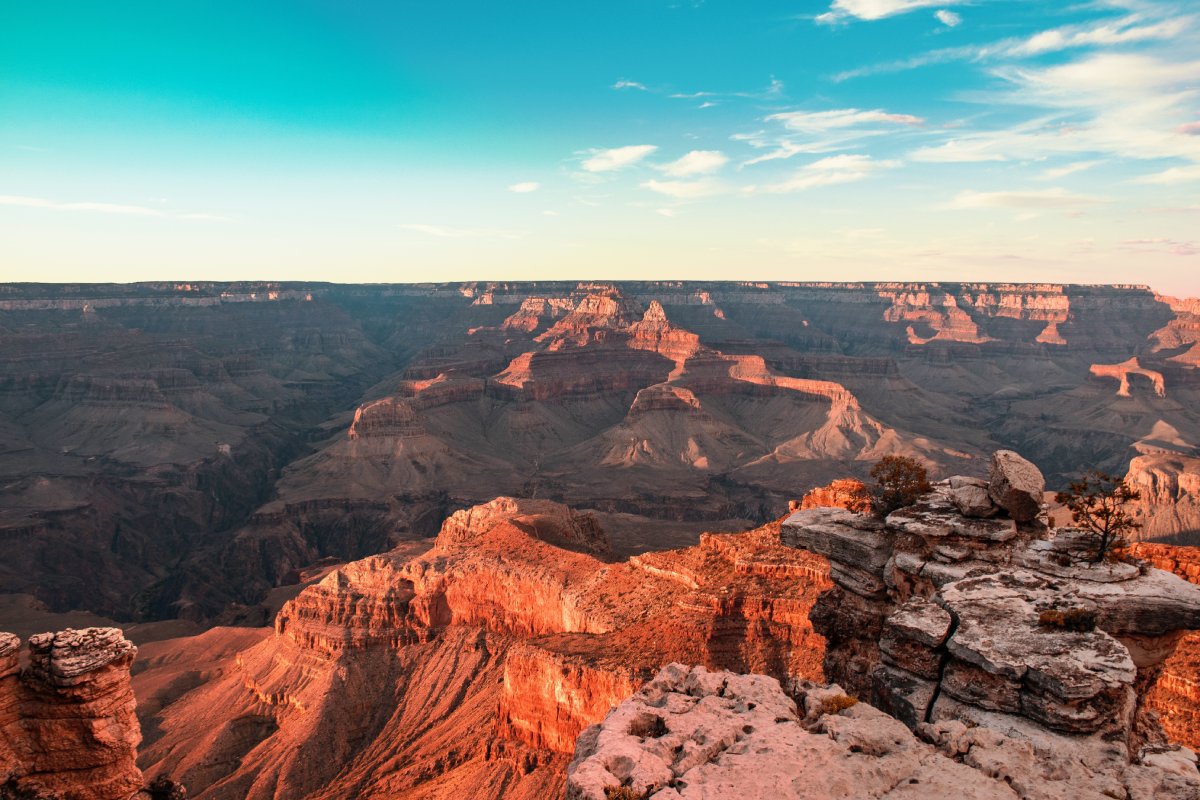Grand Canyon National Park Will Use $27.5 Million to Electrify Bus Shuttles

Skift Take
The Grand Canyon — one of America's most popular parks — will replace its current fleet and introduce 30 new buses.
Grand Canyon National Park received $27.5 million in federal funding to electrify its bus shuttles, the National Park Service announced last week.
As part of the project, the park will replace its current fleet and introduce 30 new buses, which include 10 new battery electric buses and 20 new compressed natural gas buses, and charging infrastructure to support the buses.
“This project will address transportation challenges related to maintaining an aging fleet, and the National Park Service goal to achieve sustainable transportation alternatives,” sai
